Results
-
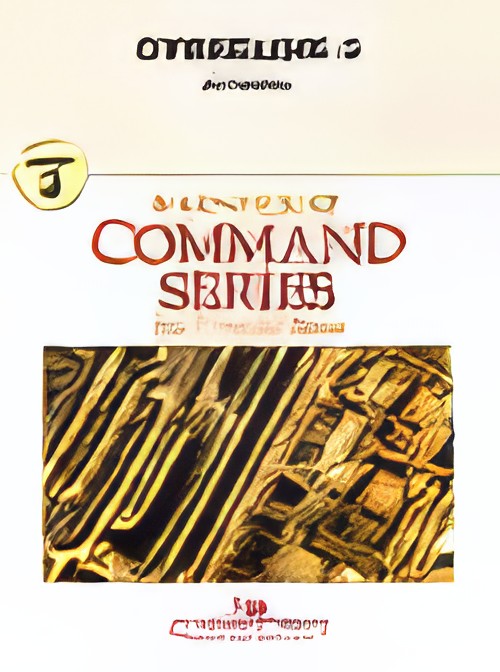 £59.00
£59.00Cyberlink 3 (Concert Band - Score and Parts) - Huckeby, Ed
Cyberlink 3 is a musical journey into the world of science fiction, fantasy and space travel! Using special musical effects and easily executed rhythmic elements, this unique selection allows students and audiences the opportunity to exercise their imagination. While the musical concepts are within the grasp of developing bands, the end result provides significant latitude for individual interpretation. Is there a villain?...or a cyborg?...or are we just imagining? You can really have fun with this one as a concert or contest selection! Duration: 3.15
Estimated dispatch 7-14 working days
-
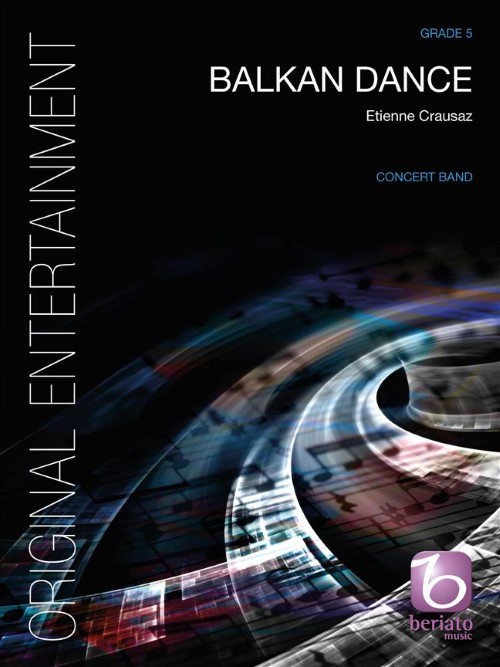 £104.99
£104.99Balkan Dance (Concert Band - Score and Parts) - Crausaz, Etienne
The Balkans region has always been a source of musical inspiration for composers throughout the centuries. Strong rhythms and often-abundant musical climaxes are two important characteristics of this rich and varied musical style. Etienne Crausaz took some of these elements and mixed it with elements of rock, turning this Balkan Dance into an exuberant and spectacular piece of music, during which no one can remain seated!Duration: 3.30
Estimated dispatch 7-14 working days
-
 £159.99
£159.99In the Shadow of Napoleon (Concert Band - Score and Parts) - Appermont, Bert
This suite is based on the musical In the Shadow of Napoleon which celebrated its exceptionally successful premiere in Worms, Germany, on 21 July 2014. The musical tells the story of Louis-Joseph Marchand, Napoleon's footman who is involved in the dispute over the emperor's inheritance and the unsolved mystery of his death. The composer strove to present the six musical songs in the suite in such a way that it appears to be an entirely new work.Duration: 15.15
Estimated dispatch 7-14 working days
-
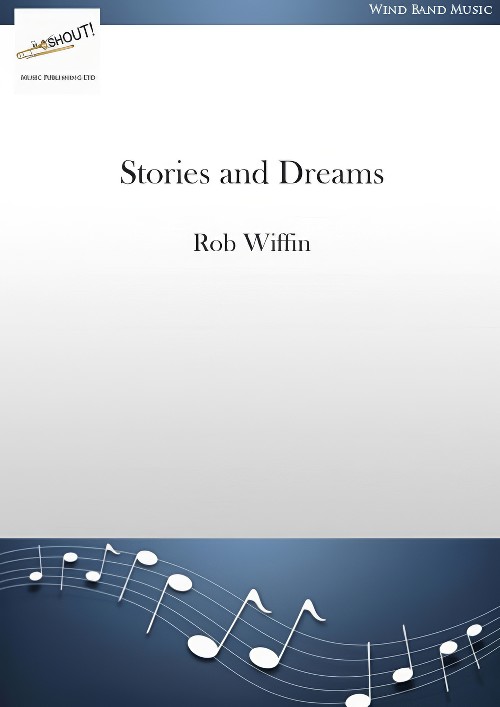 £99.95
£99.95Stories and Dreams (Concert Band - Score and Parts) - Wiffin, Rob
Energetic, wide-ranging and stimulating in its musical ideas, Stories and Dreams is a work of considerable musical interest to both listener and performer. Comprising three movements: The March of the Smiling Soldier (3.30), Stories I could tell (4.15) and Hope (3.30), this suite is only moderate in technical difficulty but is full of musical interest. The first movement is a slightly tongue-in-cheek march, the second is lyrical and poignant taking its atmosphere from the enigma implicit in its title, and the finale vivacious and life-affirming.Duration: 11.15
Estimated dispatch 7-14 working days
-
 £164.99
£164.99Spirit of Endeavour (Concert Band - Score and Parts) - Sparke, Philip
Spirit of Endeavour is a virtuosic piece of music with a positive musical message. It tells the story of a wind band embracing hard work, friendship, musical excellence, love, marriage and birth, as well as the sad loss of cherished members. Composer Philip Sparke decided to salute the history of the Canadian concert band 'Harmonie de Charlesbourg' with a work that falls into two contrasted sections. One Vision deals with forming the band and the subsequent united desire to create an ensemble espousing the idea of musical perfection. The Pursuit of Excellence salutes the 20 years of hard work of the wind band. This concert work ends with a chorale of the full band, symbolising the fulfilment of a united dream!Duration: 9:15
Estimated dispatch 7-14 working days
-
 £53.95
£53.95Explorations (Concert Band - Score and Parts) - Bernotas, Chris M.
Explorations takes you on a musical journey into uncharted territory with rich harmonies and a multitude of textures. Beginning with a strong statement, the melody moves along with rhythmic interactions and catchy melodic motives as it evolves and develops before arriving at a brief recapitulation and an exciting coda. Everyone in the ensemble has an important role in the musical discoveries of Explorations. Use your imagination to create your own musical expedition.Duration: 3:10
Estimated dispatch 7-14 working days
-
 £73.50
£73.50The Wizard of Oz Meets The Wiz (Concert Band - Score and Parts) - Lopez, Victor
Something old and something new, but the story is the same. Hailed as the first original American fairytale, The Wizard of Oz inspired countless sequels and imitations, as well as the classic American musical film and the Broadway musical, The Wiz. Taking selections from both productions, this arrangement takes you on a musical journey that connects the countryside of American heartland fantasy and the pride of urban African Americans.Duration: 5.00
Estimated dispatch 7-14 working days
-
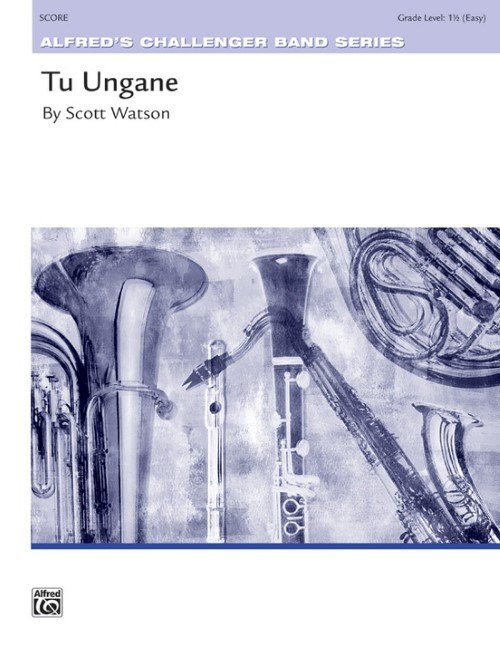 £49.95
£49.95Tu Ungane (Let's Join Together) (Concert Band - Score and Parts) - Watson, Scott
Tu Ungane (Swahili, pronounced TOO une-GAH-nay) means "Let's join together" and refers both to musicians coming together to play as well as African and Western styles merging musically. Western musical styles such as Gospel, Blues, and Jazz owe much to African influence. African music has been influenced by the West as well, fusing British military and brass band music, along with the hymns and songs of missionaries from Europe and the United States, with tribal folk elements. Tu Ungane explores his musical cross-pollination incorporating the Tanzanian folk song "Asali Ya Nyuki" ("Honey of Bees") and original musical material in the style of the British-African fusion.Duration: 2.00
Estimated dispatch 7-14 working days
-
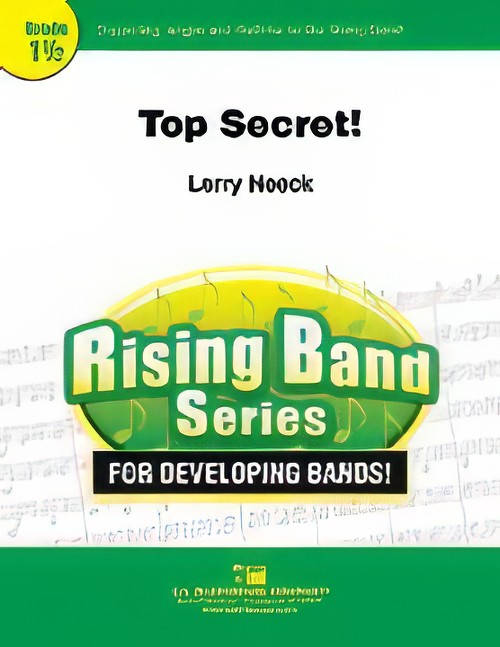 £49.00
£49.00Top Secret! (Concert Band - Score and Parts) - Neeck, Larry
With all of the mystery, suspense and intrigue that you would expect from a title like this, Larry Neeck delivers on all three. Your students will love the musical setting while learning multiple musical skills and concepts along the way. This musical mission, should you choose to accept it, will be a favourite at any concert performance.Duration: 1.45
Estimated dispatch 7-14 working days
-
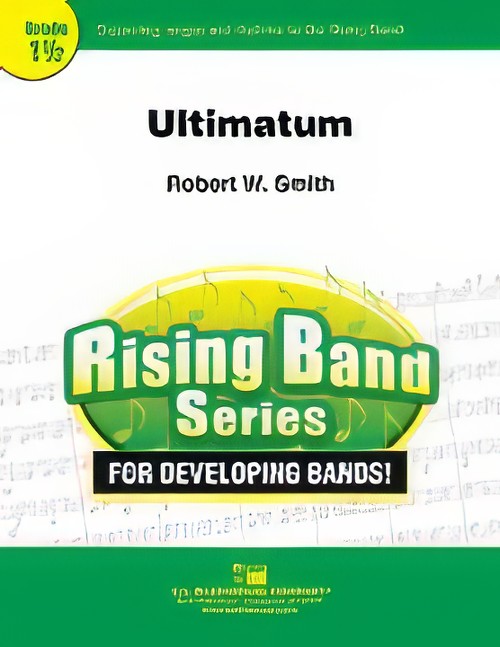 £46.00
£46.00Ultimatum (Concert Band - Score and Parts) - Smith, Robert W.
Ultimatum, Robert W. Smith's exhilarating contribution to the young band repertoire, focuses the energy and intensity of our developing musicians into one powerful musical statement. Featuring a melody that students will be practicing over and over on their own, the composer draws upon multiple musical styles to create this unique musical work. Using both traditional and contemporary compositional techniques, Ultimatum is sure to be the favourite of performer and audience alike.Duration: 1.45
Estimated dispatch 7-14 working days
